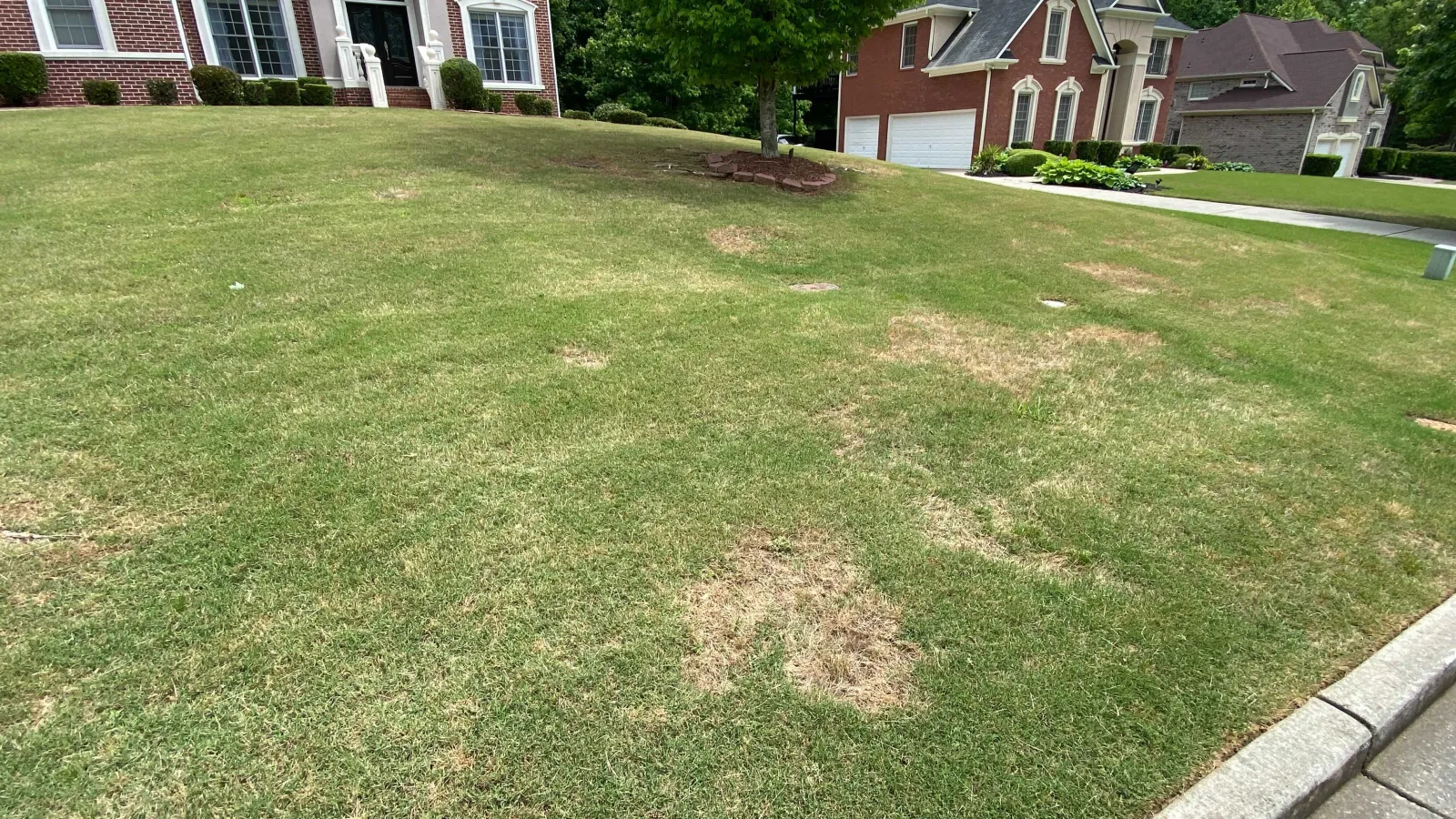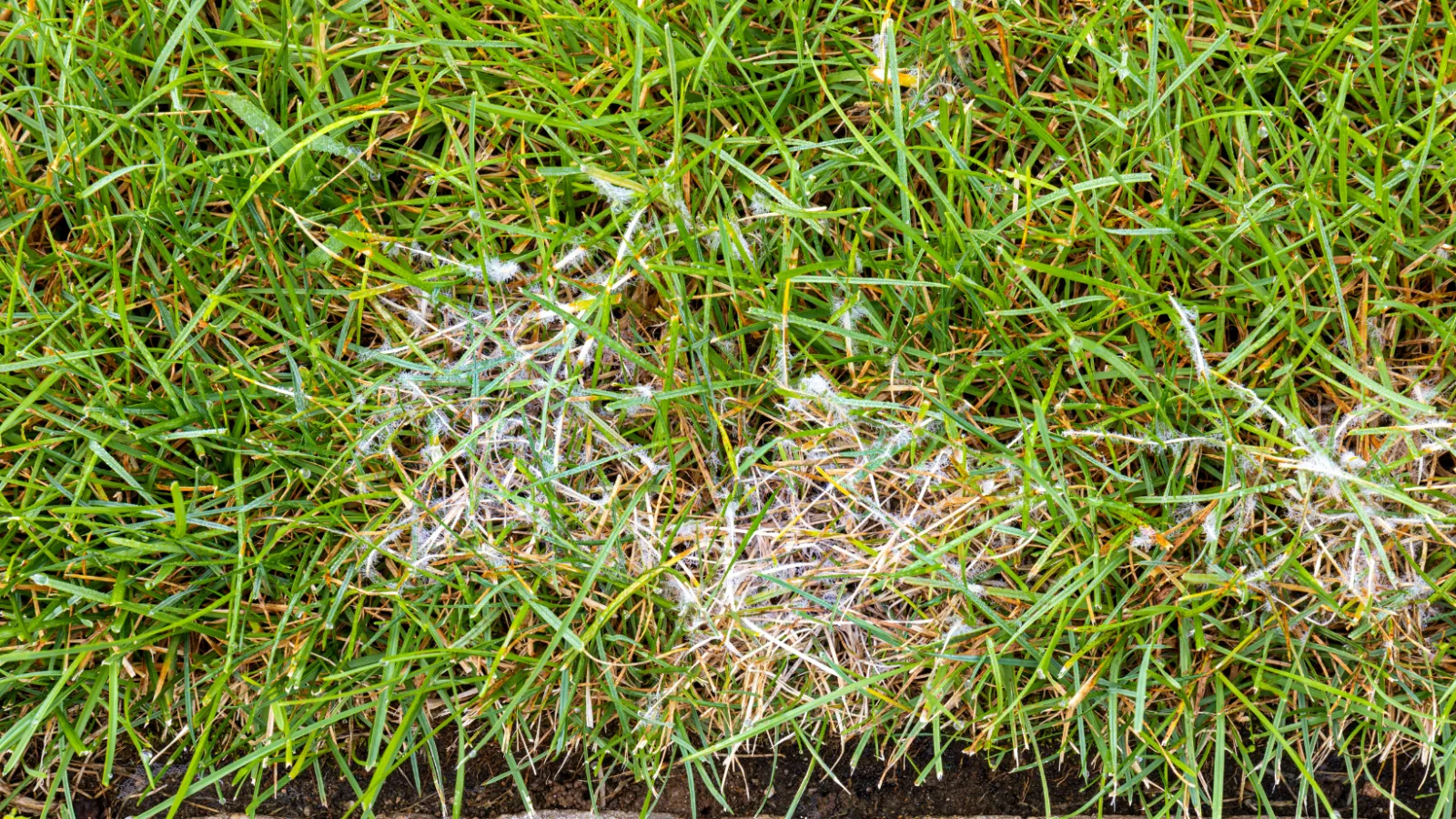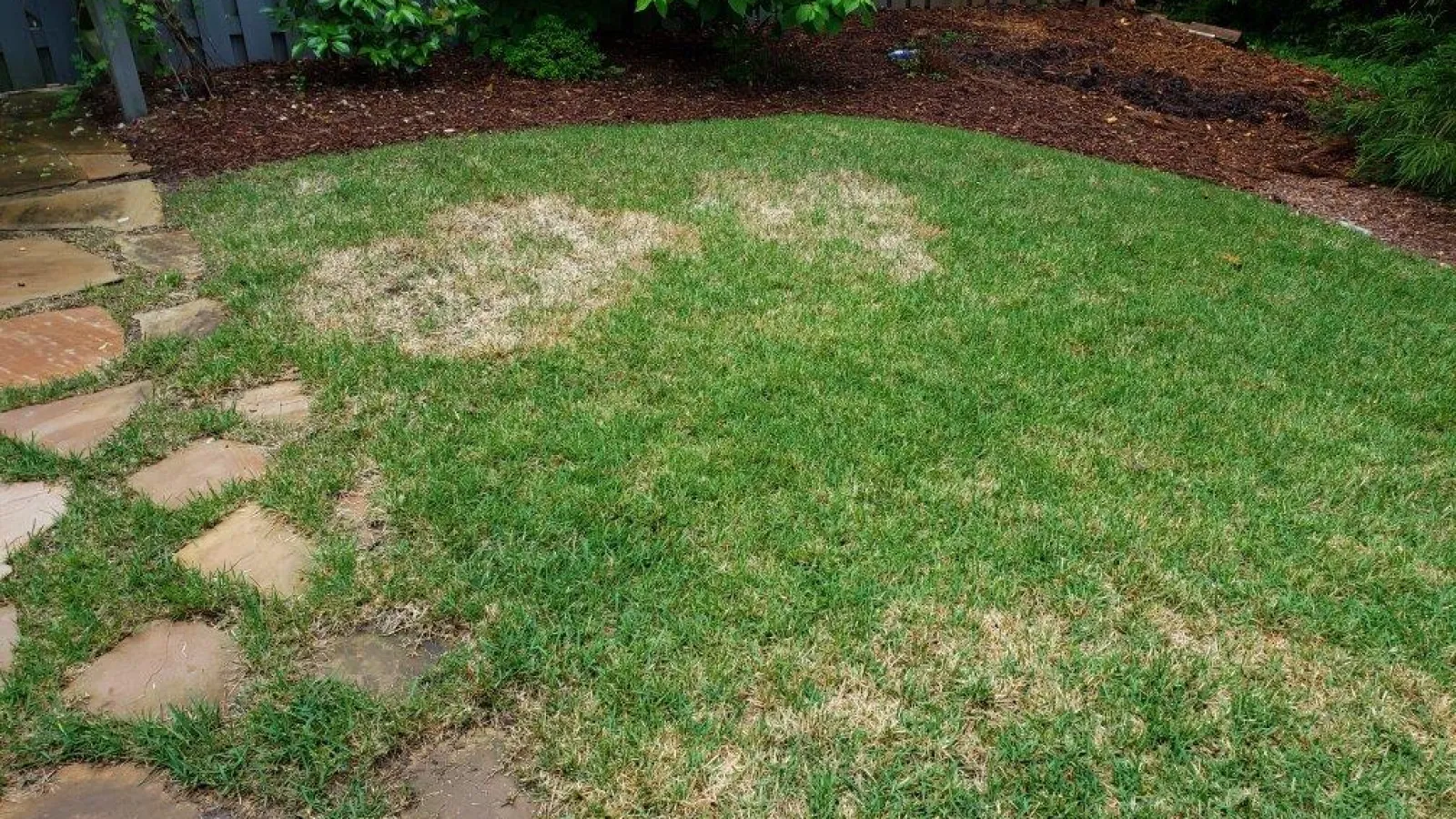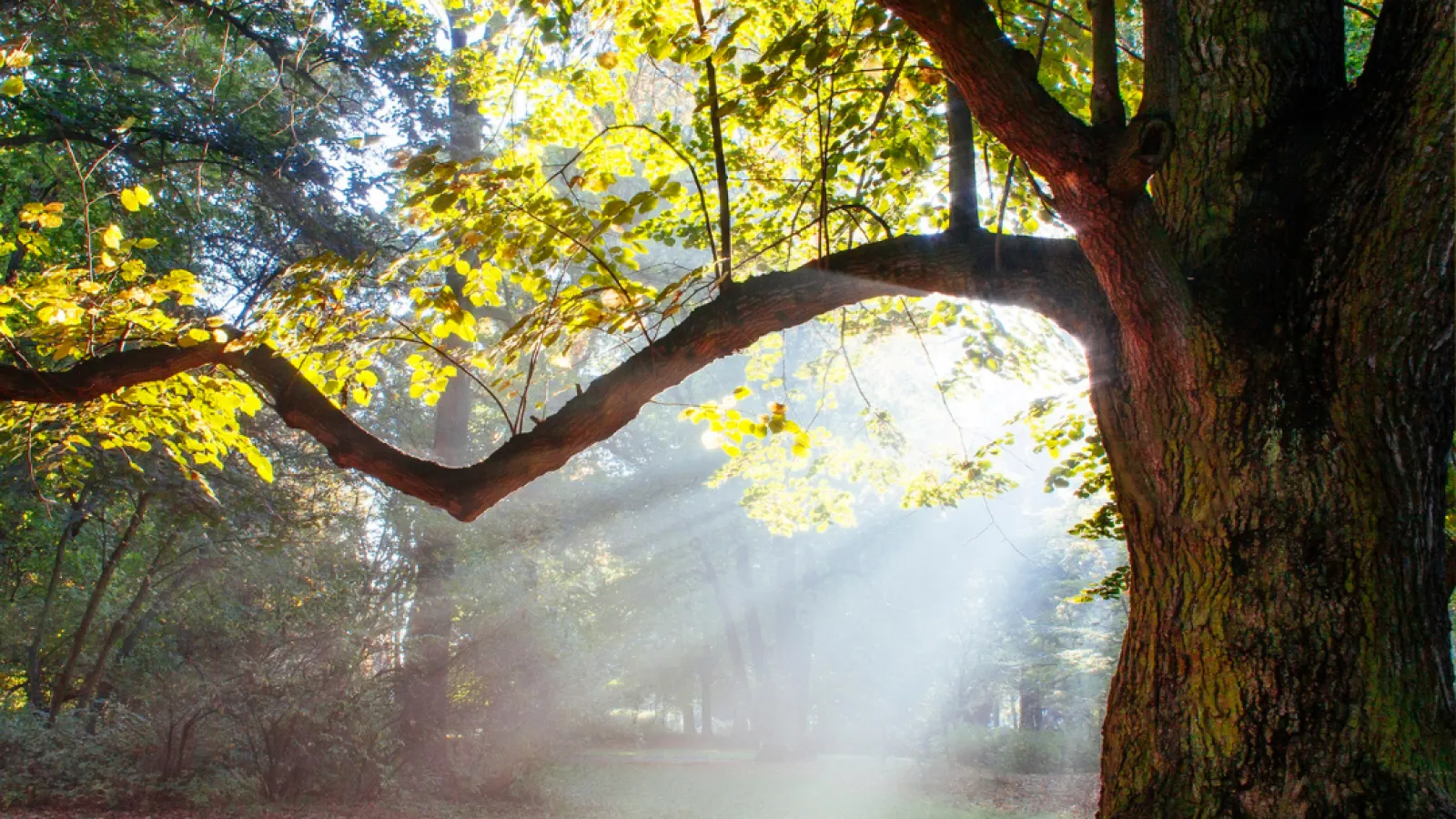
Zoysia Patch
Zoysia grass is a top choice for Atlanta and Birmingham lawns due to its beauty and fairly low maintenance. However, like most grass types, Zoysia lawns are susceptible to diseases at certain times of the year. The most common fungus that attacks this warm-season lawn is Zoysia Patch, also known as Large Patch.
What is Zoysia Patch?
It's a soilborne disease caused by the fungus Rhizoctonia solani. This is the same fungus that causes Brown Patch in cool-season turfgrasses. Zoysia Patch flourishes in cool, wet conditions and often occurs in late spring through late summer.
How does it get on my lawn?
Rhizoctonia solani (R. solani) is in the soil at all times. But the problem occurs when environmental conditions are just right but wrong for our grass and provide the perfect home for Large patch. Oddly, R. solani doesn't produce spores like other fungi but rather is activated by heat, humidity, and extended moisture periods on the turf.
Ideal conditions for this fungus
- Extended periods of wetness
- High humidity
- High nitrogen levels
- Poorly drained soils
- Mowing too low
- High thatch levels
- Excessive shade
Signs of Zoysia Patch
The first sign of Large Patch will be a discolored circular area in your grass with yellow or orange borders. The affected areas will thin, and the grass leaves may look bleached or yellow. If you think your lawn may be infected with this disease, pull some grass from the infected area. Diseased grass shoots will easily pull away from where they attach to the stolons. The diseased stems and sheaths may also have dark brown lesions. These characteristics are a tell-tale sign that your lawn has Zoysia patch.

Treatments
The best way to deal with this fungus is to prevent it. Turf Masters offers preventative and curative Zoysia Patch treatments consisting of one application in the spring and two applications in the fall. Reach out to The Nice Guys when you're ready to get started with our fungicide treatments.

As a homeowner, there are often actions you can take to prevent your lawn from being attacked by disease.
Tips to Prevent Zoysia Patch:
- Bag and remove clippings when mowing
- Core-aerate your lawn once per year
- Don't mow your lawn when it's wet
- Water deeply and infrequently-about 1 inch per week
- Prune trees and shrubs to raise the canopy and improve light and airflow
If you think you have fungus on your lawn and want to take preventative measures for this common Zoysia lawn disease, contact us today.


